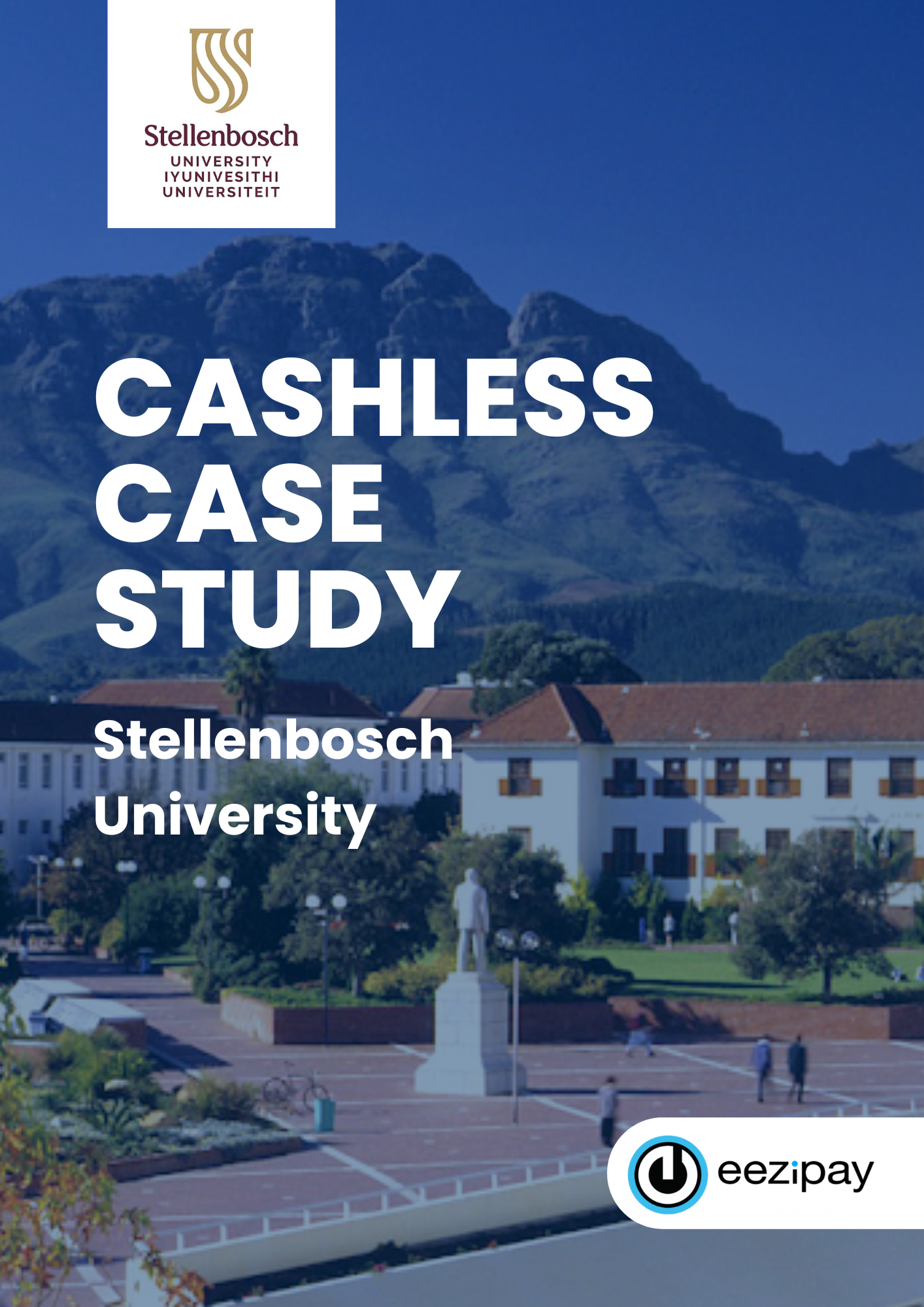The 8 Reasons Cashless Digital Payments Reign Supreme in Schools
Digital payments reign supreme: 8 reasons why your school should go cashless
Cash may be king, but digital payments reign supreme.
Should your school go cashless? Short answer: Yes!
Digital payments are becoming the new norm, and it is no surprise that educational institutions are gradually shifting towards a cashless future.
Understandably, cash offers great convenience, it is easily accessible and pervasive and provides some degree of anonymity.
However, the use of cash also poses high costs and security risks.
For that reason, it is time to do away with traditional manual payment processes and switch over to an ‘eezi’, simple and fast digital payment solution for your school.
In this article, we will provide 8 compelling reasons as to why your school should go cashless and the importance thereof.
But before diving into the details, let first look at what it means to go cashless.
What is a cashless school?
Digital payments refer to any transaction that is facilitated through an online payment processing system that excludes the use of physical cash. These digital payments include everything from electronic bank transfers, wire transfers, e-wallets (Apple Pay, Google Pay, Samsung Pay), mobile apps, digital cards, and cryptocurrencies. Digital payments provide the benefit of an automated, secure, and traceable way of making payments.
A cashless school uses digital payment solutions for collecting various types of fees from parents and students, with the main aim of eliminating any risks associated with the handling of cash.
Aligning with these modern solutions allows schools to provide an efficient and seamless way to simplify the management of school-related payments.
As a result, schools can easily automate laborious administrative tasks, eliminate the likelihood of errors, reduce any threats pertaining to the handling of cash, and essentially, provide a convenient and flexible method for both parents and students to make digital payments.
Before explaining the additional benefits of a cashless school, you need to understand the importance of adopting a cashless school.
Interested in creating a cashless school? Read our blog article on how to create a cashless school in 5 ‘Eezi’ steps.
Importance of having a cashless school
58% of the South African population have access to smartphones and 85% of the adult population have bank accounts.
This provides an opportunity for educational institutions to streamline and digitise their fee payment processes in an effort to improve efficiency, communication and convenience for all stakeholders.
Prioritising such digital payment solutions can not only reduce the time spent handling cash, but it can also reduce the security risks associated with leaving cash on the school premises.
Furthermore, schools generally require a reliable and secure method of processing payments for a variety of purposes. This includes fundraising events, uniforms, school outings, school lunches, and extramural activities.
Historically, this entailed designating a person to manage a cash box, mark names off a list, and count the bills at the end of the day.
However, in the modern digital world, that process is inefficient and outdated. Going cashless is the way to go and the following section will hopefully convince you to completely dethrone cash as king.
8 Reasons to go cashless
- Healthier alternative for students
- Greater Convenience and flexibility
- Reduce administrative costs and time
- Safe and secure option for schools
- Eliminate bullying in schools
- Boost social cohesion and inclusion
- Receive additional revenue streams
- Improve user experience
1. Healthier alternative for students
Did you know that before Covid-19, hygiene and sanitation-related illnesses were the leading cause of absenteeism in South African Schools?
To further put this into perspective, physical cash harbours thousands of germs and bacteria which can cause the spread of intestinal and respiratory diseases.
Due to cash being exchanged hand-to-hand, implementing a cashless school system lowers the risk of transmitting germs or illnesses, thus contributing to a healthier and cleaner environment for schools.
Besides hygiene-related illnesses, cashless schools can help promote a healthier lifestyle among students.
When lunch money is allocated to the student’s account, it reduces the urge to consume or purchase unhealthy food. This puts parents at ease knowing that they can monitor their spending and ensure that the money is used for its intended purposes.
2. Greater Convenience and flexibility
The ease and speed of making cashless digital payments are perhaps the most compelling reason to go digital. Think about the time and effort it takes to look for an ATM to withdraw cash or wait in line to deposit money. All of this can be fast-tracked with just a simple tap of a button.
With a cashless school, parents can easily make quick and secure digital payments on any device from the comfort of their home or workplace. Parents can also monitor and control all school-related payments on a single platform. This eliminates the need to carry the exact amount of money to make payments or stand in a queue at the ATM to withdraw money.
And if that’s not convincing enough, schools too can benefit from the ease and convenience that cashless school offers. Not only will it save time from making frequent trips to the bank to deposit money, but also increases the chance of getting money on time. This can help schools meet their financial obligations promptly.
3. Reduce administrative costs and time
The administration team is the lifeblood of a school. They keep the ball rolling by ensuring that everything is operating as smoothly and as efficient as possible.
So why not help reduce the considerable amount of time and costs spent on collecting and processing payments as well as depositing money at the bank?
Implementing a cashless school system can help your administrative team save hundreds of hours spent physically collecting, processing, and tracking late payments from parents. In this way, the administrative team can operate more efficiently, save valuable administrative time and focus more on crucial tasks that help improve the school operations.
4. Safe and secure option for schools
Digital payment solutions can help alleviate security concerns associated with the handling of cash. This is beneficial as schools across South Africa have become soft targets for criminal syndicates.
Digital payment solutions can help alleviate security concerns associated with the handling of cash in two ways:
- Lowers the risk of theft/robbery
- Data protection/safeguarding personal information.
Digitising payments has the advantage of eliminating the need for children to take cash to school, which dramatically reduces their risk of criminal targeting.
It also means that your school will no longer have to keep large amounts of money on the school premises, or physically deposit the money at the bank.
All transactions will be instantly paid into your school’s account which lowers the risk of theft or robbery. This is relevant, particularly in a country such as South Africa where schools have become a soft target for cash robberies.
Secondly, having a cash-free environment enables schools to eliminate the risk of keeping personal and banking details on-site. All transactions and personal information are safely secured using encryption software and multifactor authentication.
Avoid becoming an easy prey for criminals and go cashless today!
5. Eliminate bullying in schools
A cashless environment reduces the risk of school pupils being bullied.
This can give parents some comfort in knowing that their child won’t be targeted by bullies.
The reduction in physical cash that children can carry removes a key trigger for bullying in schools. It can give parents peace of mind that their children won’t be targeted by bullies when they need to send them to school with money to pay for something.
6. Boost social cohesion and inclusion
What better way to advance inclusivity and social cohesion among students than through a cashless school!
Implementing a cashless payment system at the tuck shop can lessen the social stigma associated with students who are eligible for free school meals. Usually, students who are eligible for free school meals would opt to go without food due to the stigma and surrounding it.
Every child has the right to be treated with respect and dignity regardless of their individual differences or background. With a cashless system in place, there will be no need for separate queues or distinguishing between those who can afford to pay and those who cannot.
All children will be treated equally, no matter who is paying for their meals.
7. Receive additional revenue streams
If you have explored all avenues to increase school income but to no avail, a cashless payment system is the perfect solution for you.
We understand that many schools face budgetary and financial pressures leading to cutting down on resources. Whether you building a new library or are in need of classroom supplies, transitioning to a cashless school system can provide the opportunity for your school to increase revenue through fundraising events and charitable drives.
Schools like Our Lady of Compassion Catholic Primary School (based in the UK) have considerably increased their fundraising initiatives by 180% by implementing a cashless school system.
8. Improve user experience
Overall, implementing a digital payment system enables schools to provide a unified and frictionless experience for schools, parents, and students.
This makes it easier for schools to receive payments promptly from parents, which makes for a pleasant experience overall.
Ready to go Cashless?
Going cashless has never been as ‘eezie’, simple and fast before.
Eezipay is a software development company, specialising in the development, hosting, installation and maintenance of business management systems and cashless environments. Our purpose is to provide integrated cashless solutions to simplify the management of organisations and institutions.
We help schools collect money by making it super simple for parents and learners to pay.



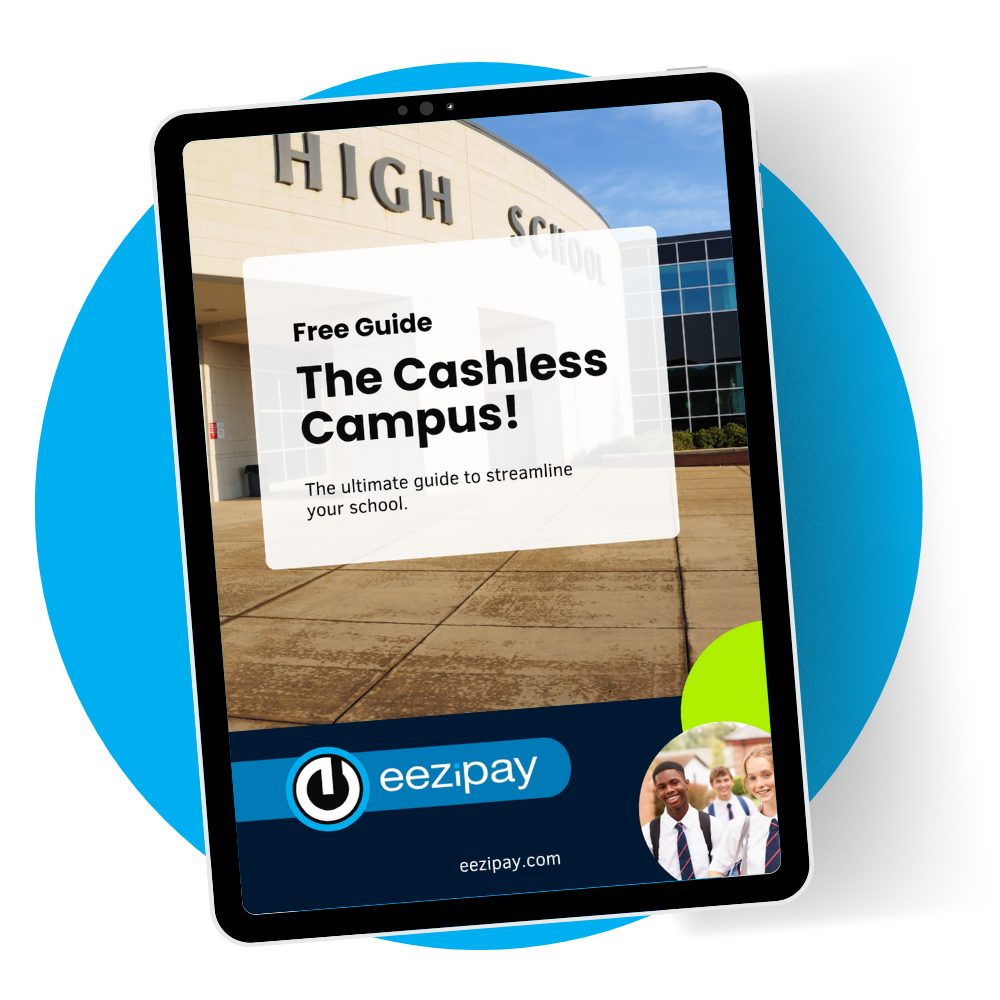
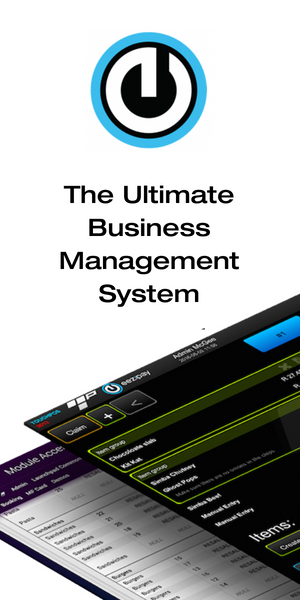
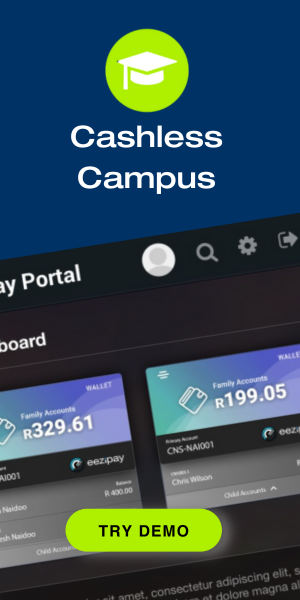
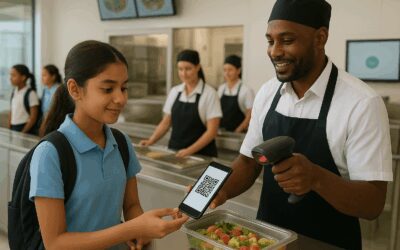

![How QR Code Payments Are Powering a Brighter Future for Universities [2025]](https://eezipay.com/wp-content/smush-webp/2025/05/QR-Codes-Payments-For-Universities-400x250.png.webp)
